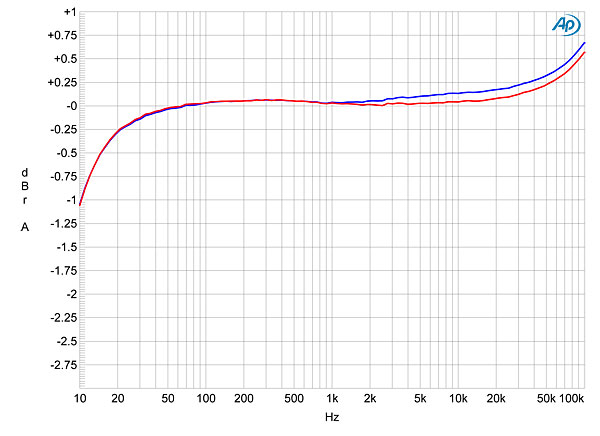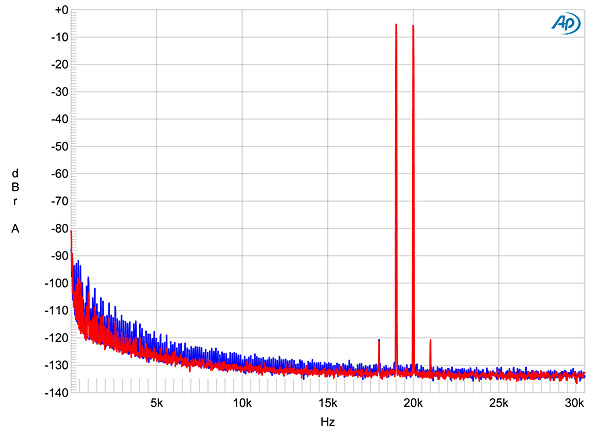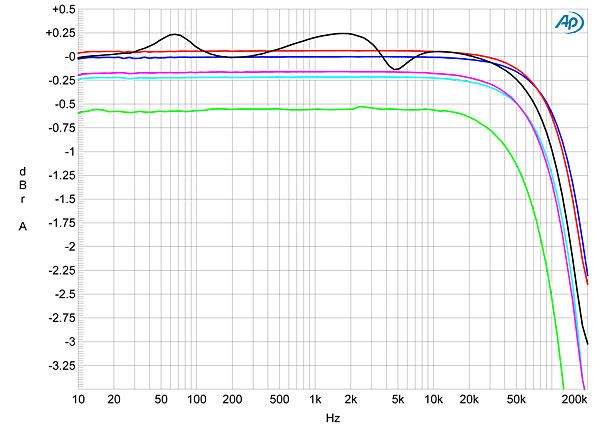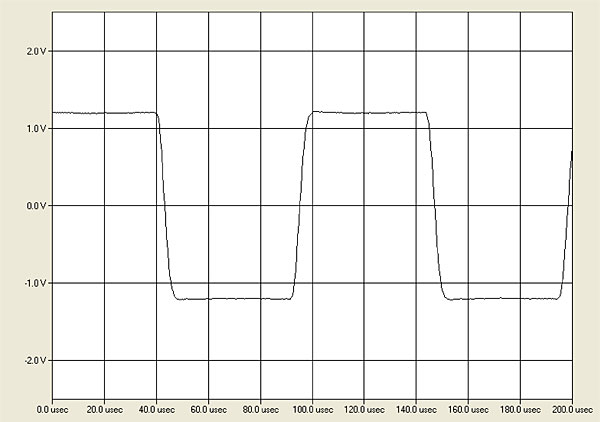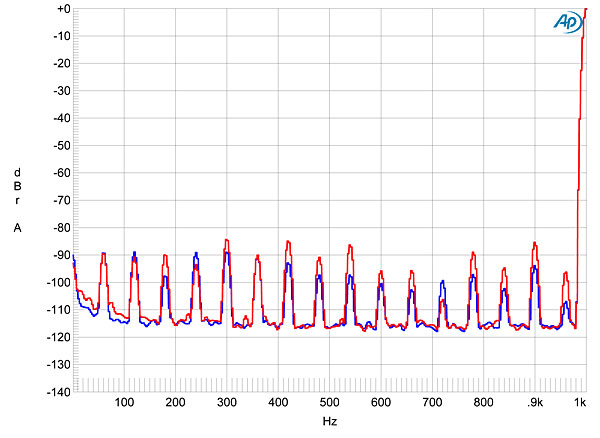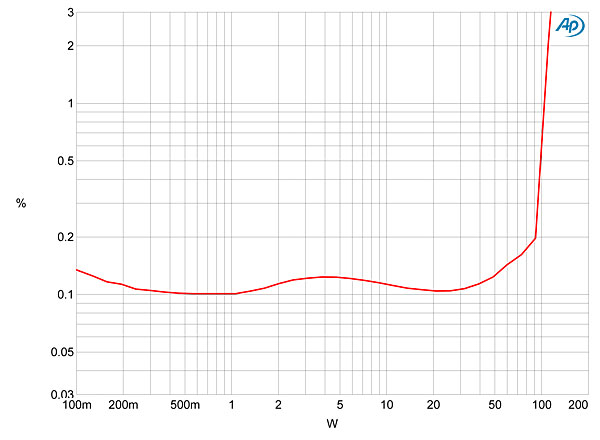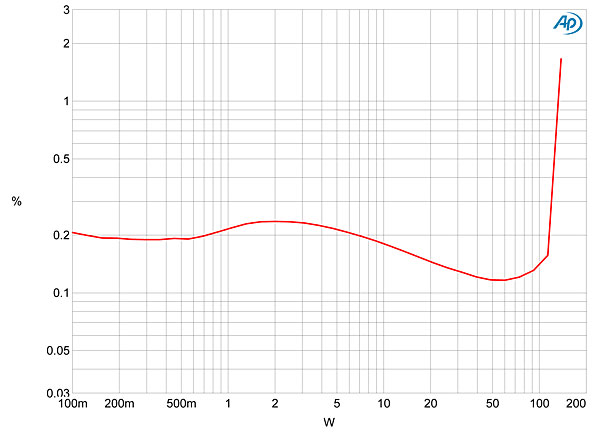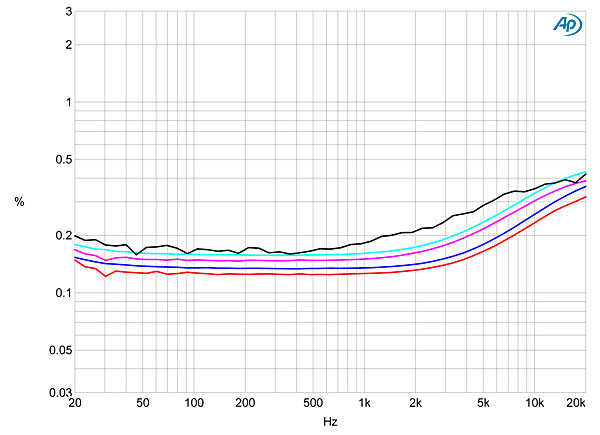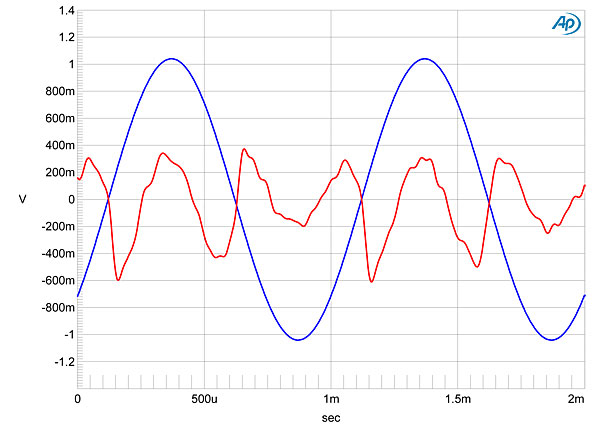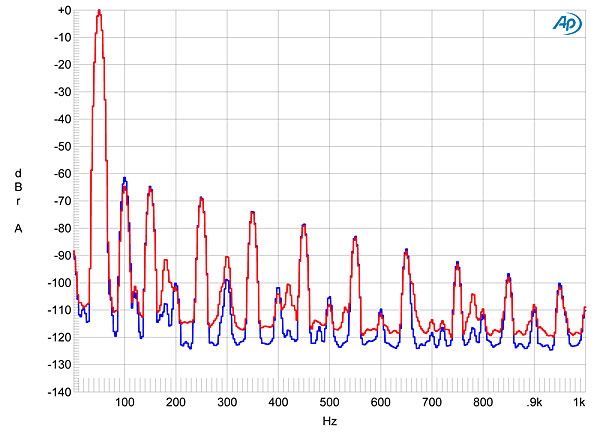| Columns Retired Columns & Blogs |
That was fun reading. Being a first generation Italian-American myself (Sicilian actually) I enjoy reading about Italian designed audio gear. Puzzling that they would take such little care in the packaging. I can't wait for your review of the Music Hall mmf7.3. It's on my upgrade list. I currently use a mmf2.2 that has served me well, especially considering it only cost $300 after the price dropped.
